
Battle of the Philippine Sea
Decisive American naval victory against Japan
19 - 20 June 1944
The Battle of the Philippines Sea was a major naval engagement on the Pacific Front of the Second World War between the US and Japanese navies. The battle took place during the US invasion of the Mariana Islands. The US forces inflicted a severe defeat on the Japanese navy from which it could never again recover. The aerial part of the battle was named by US pilots the ‘Great Marianas Turkey Shoot’ because of the severe disproportion of losses between the Japanese and US forces.
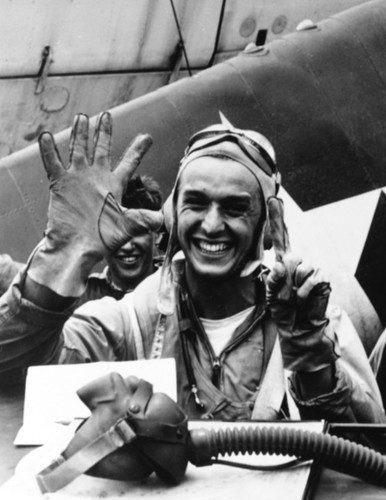
1 of 5
By the summer of 1944 the Americans held the strategic initiative in the Pacific War. Without any source of intelligence on US planning, the Japanese were reduced to guessing where the next blow might fall. The target chosen by the Americans in June 1944 was the Mariana Islands, which would provide bases for bomber aircraft within range of Japan. Admiral Raymond Spruance sent Task Force 58 under Vice Admiral Marc Mitscher to support landings on Saipan with bombardment by carrier aircraft and naval guns.
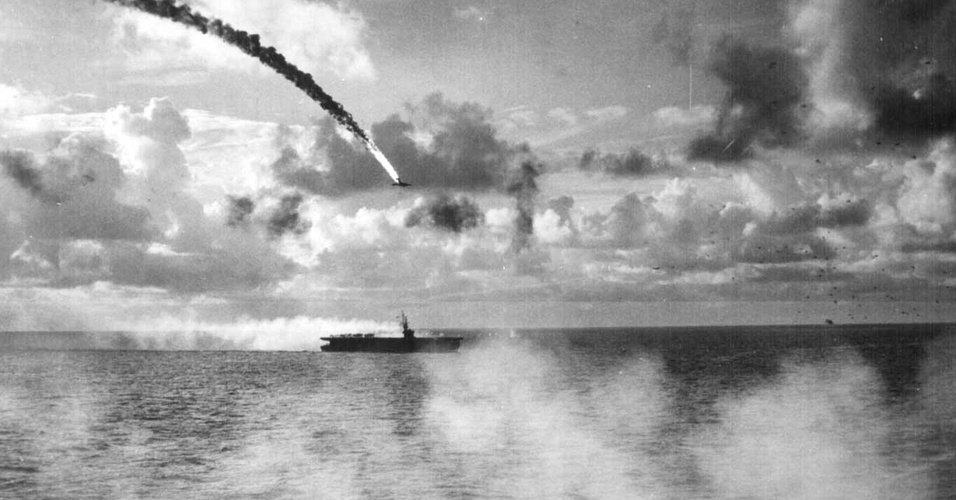
2 of 5
The Japanese carrier pilots were new and inexperienced; they were shot down literally by the hundreds by far more experienced and better controlled American pilots in what came to be called ‘The Great Marianas Turkey Shoot’. Most of those not downed by American planes were brought down by the concentrated anti-aircraft fire of the battleships.

3 of 5
American submarines had sunk several of the Japanese destroyers before the battle was joined, and sent to the bottom two of the large carriers; one, the Shokaku, had been at the Pearl Harbor raid, the other, the new Taisho, blew up when the fumes of the volatile Borneo oil exploded inside the portion of the ship sealed off after a torpedo hit.
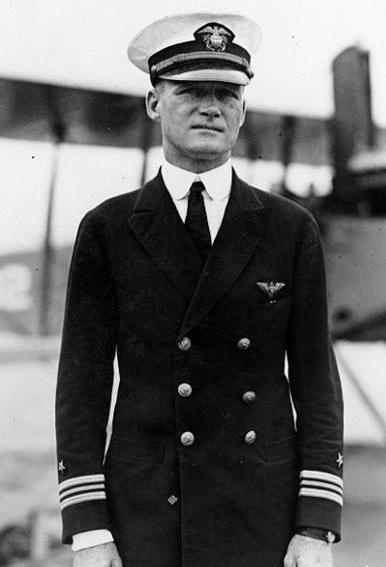
4 of 5
On the afternoon of the following day, Admiral Raymond Spruance located what was left of Admiral Jisaburō Ozawa's fleet and sent his own planes after it, sinking one carrier and damaging two more. Many of the returning American planes had to ditch as they ran out of fuel in the dark.
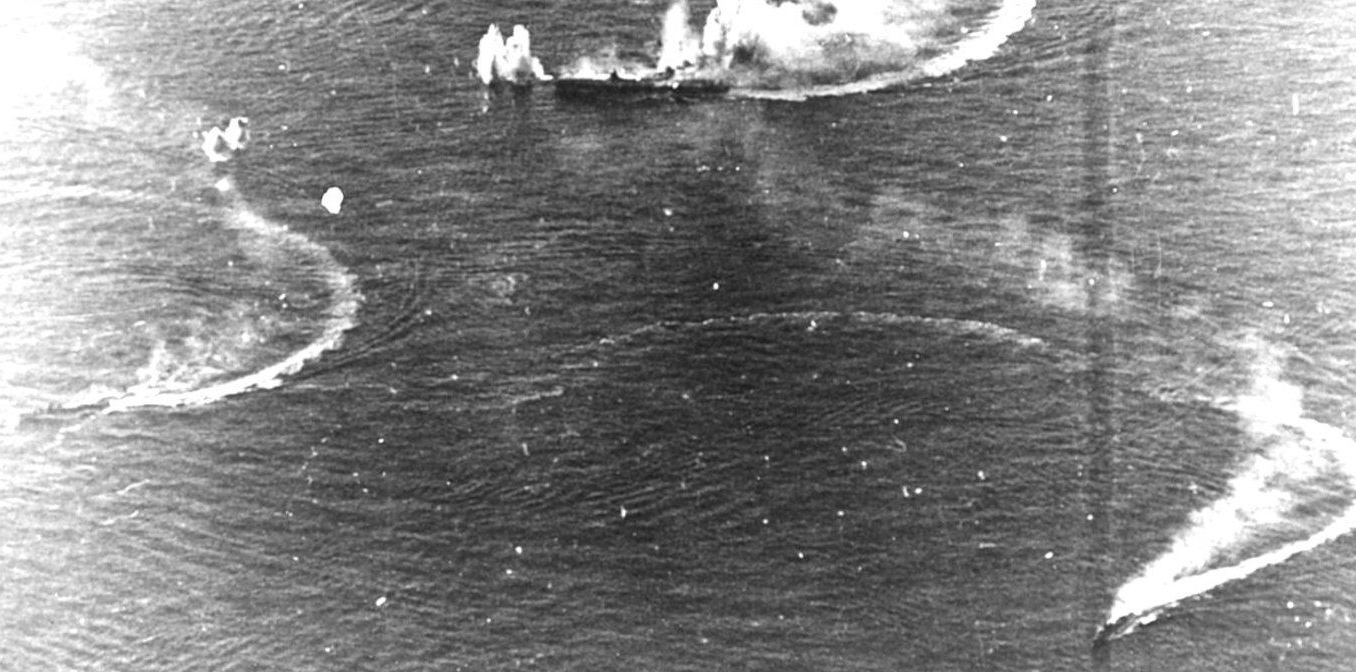
5 of 5
The Battle of the Philippine Sea, as it came to be known, was a major American victory in which the Japanese navy lost enormously in ships and even more in planes and pilots it could not replace, while United States losses were very low. The victory in the battle, furthermore, made it impossible for the Japanese to cope with General Douglas MacArthur's advance on New Guinea.
The American ability to deploy carriers both in the southwest and central Pacific reflected the extent to which superior American resources, and their effective use, permitted the simultaneous pursuit of more than one offensive strategy, with a likelihood of success and an ability to overcome the defense and resist counter offensives without having to call on reserves from other ‘fronts’. Air power could be applied from the sea as never before, and as part of an effective and well-supported modern combined-arms force.
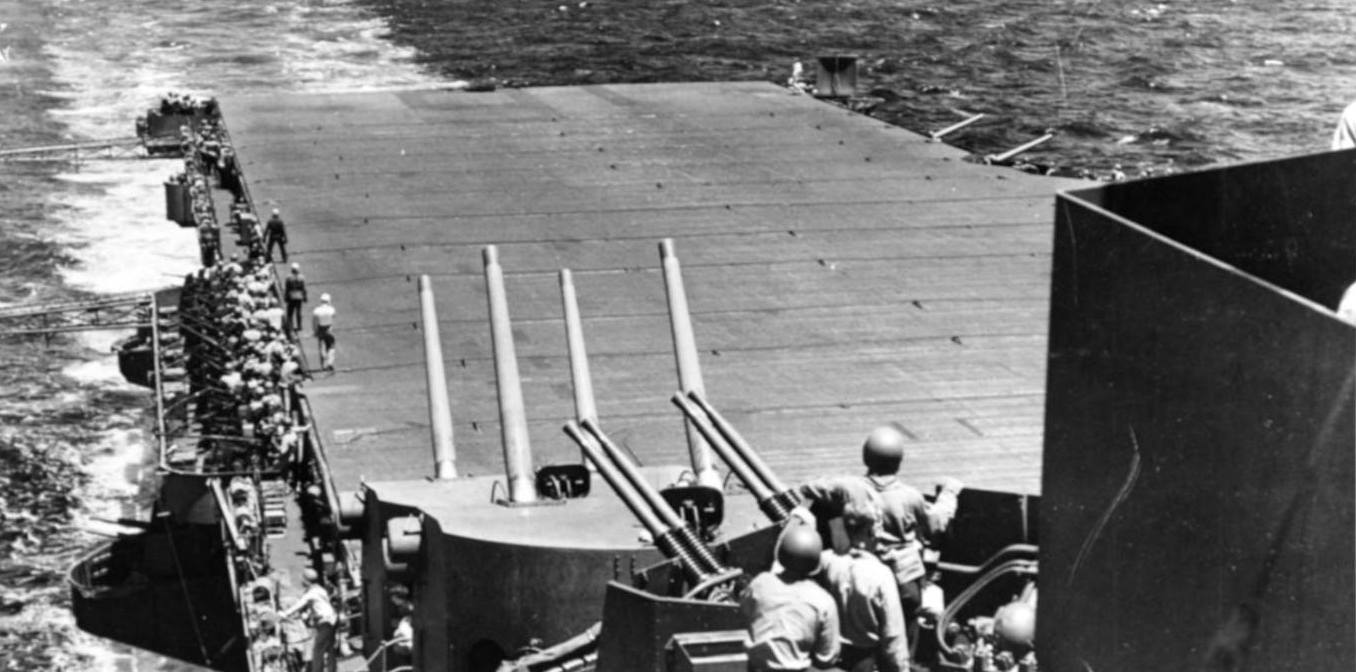
1 of 1
There were now sufficient aircraft both for a carrier battle and for protecting an amphibious assault, and the fast-carrier task forces, combined with surface escorts, constituted a major operational-level weapon with the necessary tactical cohesion.
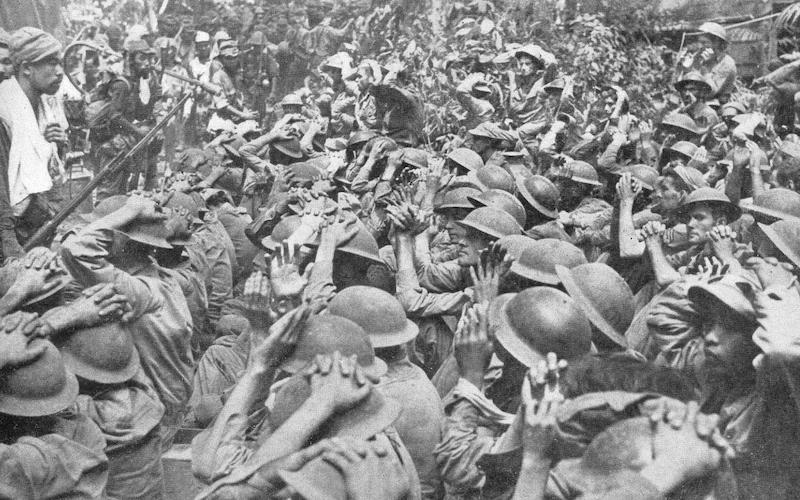
Japanese Invasion of the Philippines
This award was intended not so much for me personally as it is a recognition of the indomitable courage of the gallant army which it was my honor to command. - General Douglas MacArthur, upon receiving the Medal of Honor for his defence of the Philippines.
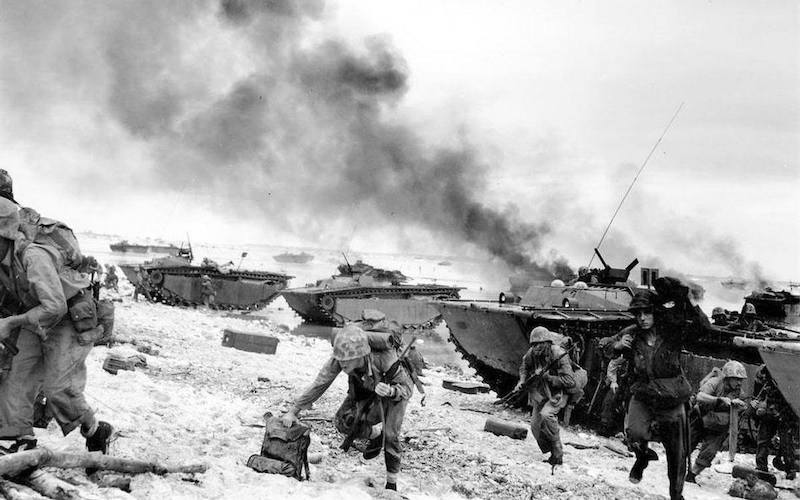
Philippines Campaign
By 1944, after 2 years of Japanese occupation, the Philippines again became a theater of war as American and Filipino forces under the command of Douglas MacArthur staged an amphibious invasion of the island of Leyte. Imperial Japan surrendered after the atomic bombings of Hiroshima and Nagasaki.
- Gerhard L. Weinberg, A World at Arms A Global History of World War Two, Cambridge University Press, Cambridge, 1994
- Williamson Murray, Allan R. Millett, A War To Be Won Fighting the Second World War, Belknap Press, Cambridge, Massachusetts, 2000
- Jeremy Black, Naval Warfare: A Global History since 1860, Rowman & Littlefield Publishers, Lanham, Maryland, 2017
- R.G. Grant, Battle at Sea: 3,000 Years of Naval Warfare, DK Publishing, London, 2011





